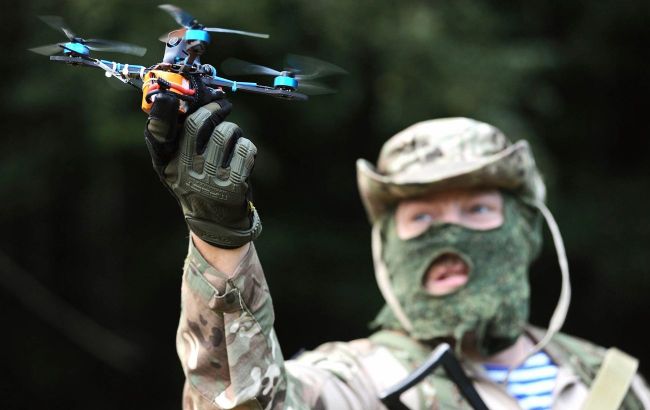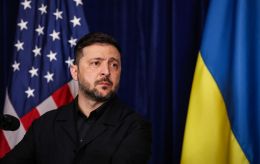Russian army faces issues with new recruits and UAV capabilities
 Russian military encountered issues with the use of "Sudoplatov" drones (photo from open sources).
Russian military encountered issues with the use of "Sudoplatov" drones (photo from open sources).
Russian forces continue to face challenges with the newly arrived personnel and the capabilities of drones in the Avdiivka direction, according to the Institute for the Study of War (ISW).
The department refers to an unnamed Russian military blogger who claims that a significant number of newly arrived Russian military contractors have unrealistically optimistic expectations about combat operations in Ukraine and arrive in eastern Ukraine with full confidence that Russian forces easily win in battle.
According to the blogger, many of the newcomers are reluctant to learn how to fight, as they are influenced by state propaganda and believe that the Russian Aerospace Forces will provide air support and that prisoners sent to war from Russian prisons will defeat the Armed Forces of Ukraine.
Additionally, the Russian blogger noted that the militants of the Donetsk People's Republic prefer local first-person view (FPV) drones over those produced and purchased by the Russian volunteer group Sudoplatov, as Sudoplatov's drones operate on well-known Ukrainian military frequencies.
"The milblogger claimed that Central Military District (CMD) drone operators had all of their Sudoplatov drones disrupted after Russian drone malfunctioned and alerted Ukrainian forces to activate electronic warfare (EW) systems during the battles for the Avdiivka industrial area," the ISW report said.
Frontline situation
During the day, there were 53 clashes on the front lines.
During the night of March 10, the aggressor shelled the city of Myrnohrad in the Donetsk region.
Initially, the Armed Forces reported a missile strike from the S-300 air defense system. However, it later turned out that the occupiers used new glide aerial bombs UMPB D-30SN for the shelling. These are old high-explosive aviation bombs converted into guided aviation bombs with additional planning functions and additional power installations.
In addition, the Russians have begun to use chemical weapons more frequently on the front lines. Only in one day, 15 such cases were recorded.

